<Report from overseas office>[Singapore] A Sweet wakeup call -War on Diabetes in Singapore-
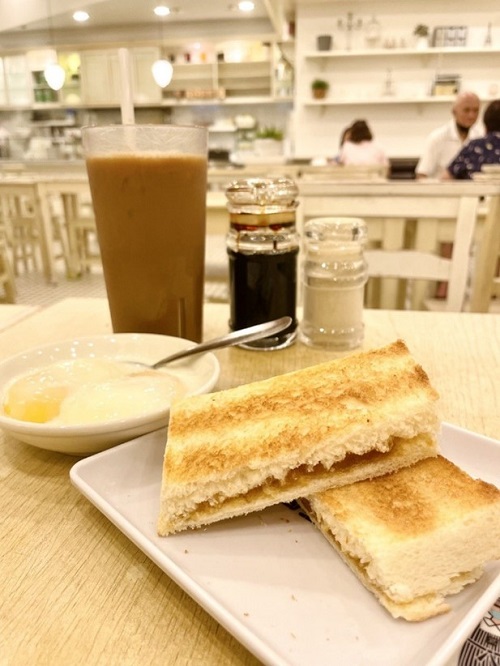
A couple of slices of toast loaded with blocks of thinly sliced butter and a generous spread of Kaya - a sweet jam made predominantly from brown sugar, coconut milk and egg yolks, paired with a side of soft boiled eggs topped with pepper and dark soy sauce. Now, guzzle that down with a cup of Kopi, - a coffee beverage sweetened heavily with condensed milk, and there you have it – A hearty Singapore breakfast that gets you ready to seize the day!
What I just described is one of the more typical breakfast for a Singaporean. And while that sounds like a wonderful breakfast to me, this seemingly innocent meal gives us a glimpse to one of Singapore’s worrying problems. One that has even prompted our government to… declare war.
South East Asia has long suffered from a relatively high level of diabetes, resulting from the region’s high level of consumption of sugar and refined carbohydrates. Singapore, with its overconsumption of sugar and rapidly ageing population, is by no means an exception to this issue.
In fact, even at a global scale, Singapore has one of the most alarming growth of diabetes. According to the National Health Survey(*1) , prevalence of diabetes among residents increased rapidly from 4·8% in 1984 to 8·6% in 2010, followed by a slightly lower increase from 8·8% in 2017 to 9·5% in 2019–20. In 2014, almost half a million Singaporean suffered from diabetes, and if nothing is done, this number is expected to reach a million by 2050.(*2)
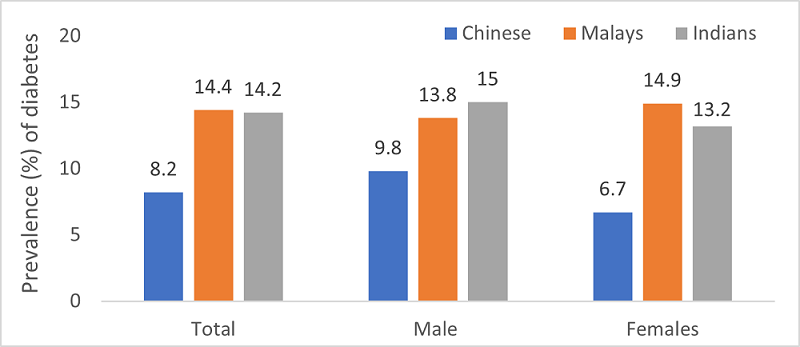
Prevalence of diabetes by Gender & Ethnicity in Singapore
According to the 2020 National population health survey, this prevalence also possesses significant variations based on several demographics such as education level, age groups and ethnics groups. Noticeably, those of Malay and Indian descent have approximately 75% higher prevalence of diabetes as compared to those of Chinese descent, which could be a result of differences in eating and lifestyle habits. (*3)
In order to tackle this issue, in 2016, the government of Singapore has declared War on Diabetes in a bid to rally the whole nation to reduce the burden of diabetes. This fight against diabetes has yet to conclude as of today, and it will be interesting to look at what have been done, and how it has impacted consumer’s perceptions and habits.
Putting a cap on sugary products
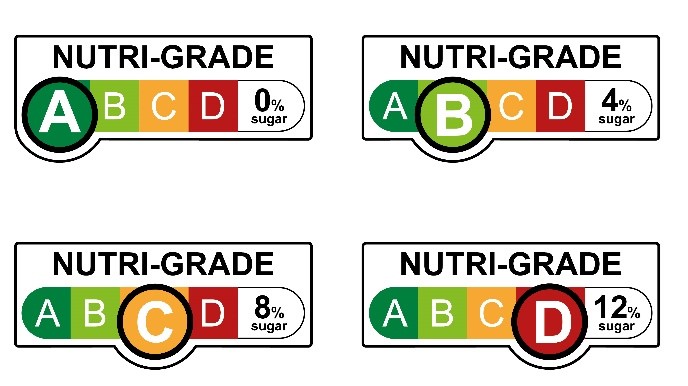
In an effort to avoid getting their products labelled with a “C” or “D”, many companies had to reformulate or conduct innovation to reduce the amount of sugar in their products.(*6)
According to the minister of health, the announcement of these initiatives has prompted many major producers such as Coca-Cola, Pepsi, Yeos, F&N, Pokka, MDI and Nestle, to begin reformulating their products to reduce sugar levels. With this, consumers have started buying healthier versions of the products, or smaller packet sizes. (*7)
With these initiatives and regulations in place, we see an encouraging improvement in the products being sold in shelves.
In November 2021, the minister of health noted that the retail market share of healthier food products sold in supermarkets and retail outlets increased by more than 1.5 times to 27% compared to five years ago. A third of F&B outlets now offer healthier options for dining out. (*8)
Even in the Intage Singapore office pantry, approximately half of our (non-alcoholic) beverages are those with the “Healthier Choice” logo. This logo indicates that the product is lower in fat, saturated fat, sodium, sugar or higher in dietary fibre, calcium and wholegrains compared to regular products within the same food categories
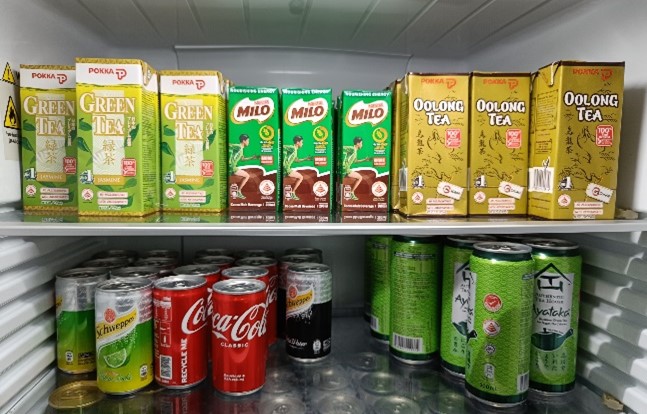
From the pyramid to a healthy plate
Public education also plays a large part in this war, and the government has been working hard to educate the public on the dangers of sugar and the right eating habits.
In 2014, the Health promotion board introduced “My healthy plate”, in replacement of the food pyramid. This was done to better communicate and convey a simple and clear image of what a healthy diet looks like. Here, a balanced meal consists of a quarter plate of whole grains, a quarter plate of good protein and a half plate of fruit and vegetables.
Furthermore, in 2021, TV commercials were aired to spread awareness on the healthy plate. Catchy music and dances were incorporated, with an aim to retain the simple message in the minds of viewers.
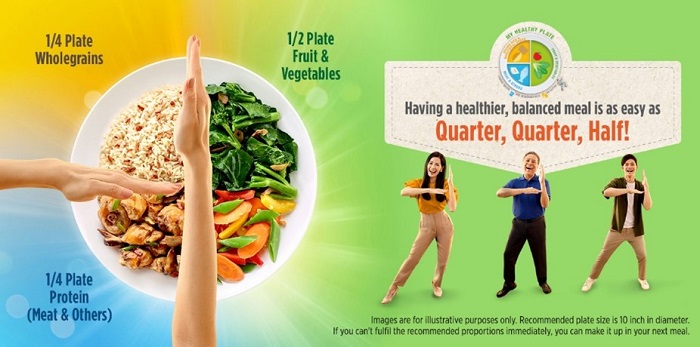
My healthy plate, a simple image to demonstrate a well-balanced meal
In the past few years, I’ve personally started to see a lot more healthier options, even in the local hawker stalls. For example, many stalls have started to offer brown rice as an option instead of the usual white rice. Such changes indicate that consumer demand is slowly changing towards healthier food choices.
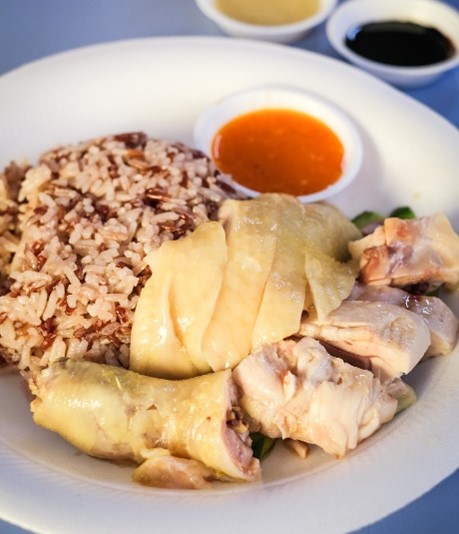
Chicken rice with Brown rice!? https://www.misstamchiak.com/

Trying to scan my QR code, but failing miserably
Another key underlying issue that the government tackled was the lack of physical activity. Approximately 39% of Singaporean adults did not meet the minimum recommended weekly levels of physical activity. (*11)
The government thus launched the National Steps Challenge, a physical activity programme utilizing a population-level fitness tracker, integrating smartphones and wearable technology. Residents could track their steps taken every day using a fitness tracker provided by the government, and ‘health points’ were rewarded based on the number of steps taken. These points could then be used to redeem vouchers accepted by various merchants ranging from F&B, supermarkets to even cinemas and electronics.
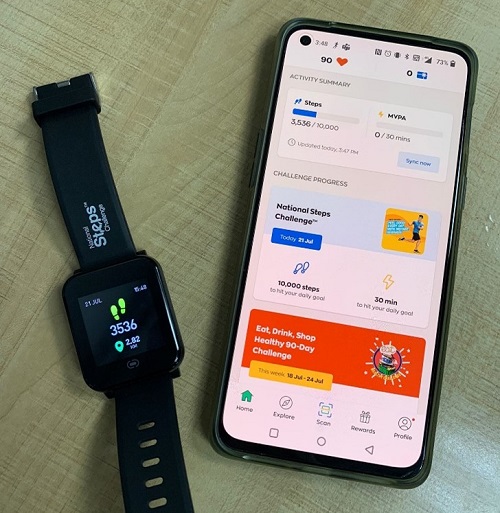
My very own Government issued fitness tracker synced with the Healthy 365 App
The programme encouraged residents to take more steps as part of their everyday lives and leveraged behavioural insights by rewarding them with ‘health points’ that could be redeemed for vouchers when they reached physical activity milestones.
After 5 series of challenges over 5 years, the program has attracted more than 1 million participants. Overall daily steps had increased between each edition of the challenge, and the participants' overall physical activity levels improved in both exercise volume and intensity.
It is also encouraging to note that more Singaporeans engaged in regular exercises, from 29.4% in 2017 to 33.4% in 2020. Notably, adults aged 50 to 74 who exercised regularly increased significantly, from 23.5% in 2017 to 31.4% in 2020.(*12)
Overall, we observe some changes, both in terms of consumer perception, habits, and organisational directions of F&B producers. As mentioned above, Various regulations have been introduced, with more to come at the end of 2022. In response to this, many F&B producers have made adaptations via innovations of their products.
Across all ages, Singaporeans have engaged in regular exercise more often. The health promotion board has also mentioned that Singaporeans are eating less, and that diet quality has improved.
Yet, obesity and insufficient physical activity remains as a crucial issue among our population. Obesity has increased to 10.5% in 2020, as compared to 8.65% in 2017. (*13) Some of these issues may be attributed to the sedentary lifestyle, stemming from the restrictions of social activities during the COVID-19 pandemic. In addition, some initiatives had been pushed back because of the government’s focus being pulled to managing the pandemic.
As we enter the recovery phase of the pandemic, the government will ramp up efforts on the “War on diabetes”. Singapore will be focusing more on preventive health and the government will support more on the upstream efforts to improve early intervention.(*14)
How does this affect producers?
While Singapore remains a small market, the government’s success, and failures in its management of these issue will likely by well observed by the neighbouring nations, who are also facing similar issues. It will be interesting to keep a close look and observe how the initiatives will affect consumer’s perception and habit towards healthy living, how these will in turn affect the manufacturers, and finally how the ripples will spread in the region of South East Asia, or even further.
For F&B manufacturers intending to expand their businesses to Singapore, or even the South east Asian region, this trend of regulations and changes in consumer perception could potentially serve as a roadblock, barring their entry into this region. At the same time, with detailed research and preparation, this could also serve as an opportunity to be taken advantage of. By leveraging the government’s support for innovation and understanding the shift in consumer perceptions, manufacturers may possibly find themselves well positioned to serve an ever-growing demand for their products.
References
(*1) https://www.moh.gov.sg/resources-statistics/reports/national-survey-2019-20
(*2) https://www.moh.gov.sg/news-highlights/details/public-consultation-on-measures-to-reduce-sugar-intake-from-pre-packaged-sugar-sweetened-beverages
(*3) https://www.moh.gov.sg/resources-statistics/reports/national-survey-2019-20
(*4) https://www.moh.gov.sg/news-highlights/details/public-consultation-on-measures-to-reduce-sugar-intake-from-pre-packaged-sugar-sweetened-beverages
(*5) https://www.ncbi.nlm.nih.gov/pmc/articles/PMC7869520/#CR31
(*6) https://www.foodnavigator-asia.com/Article/2022/05/09/singapore-beverage-firm-to-launch-new-low-sugar-products-to-avoid-nutri-grade-repercussions
(*7) https://www.moh.gov.sg/news-highlights/details/speech-by-mr-ong-ye-kung-minister-for-health-at-world-diabetes-day-2021
(*8) https://www.moh.gov.sg/news-highlights/details/speech-by-mr-ong-ye-kung-minister-for-health-at-world-diabetes-day-2021
(*9) https://www.moh.gov.sg/news-highlights/details/speech-by-mr-ong-ye-kung-minister-for-health-at-world-diabetes-day-2021
(*10) https://www.straitstimes.com/singapore/health/all-mainstream-schools-in-singapore-now-offer-healthier-canteen-food
(*11) https://www.thelancet.com/journals/landia/article/PIIS2213-8587(22)00133-4/fulltext
(*12) https://www.moh.gov.sg/news-highlights/details/speech-by-mr-ong-ye-kung-minister-for-health-at-world-diabetes-day-2021
(*13) https://www.moh.gov.sg/news-highlights/details/speech-by-mr-ong-ye-kung-minister-for-health-at-world-diabetes-day-2021
(*14) https://www.moh.gov.sg/cos2022
-

Author profile
Mr. Kenji Seet
Born in Japan, bred in Singapore. My main research focus lies in fast moving consumer goods in the Japanese and South East Asian Markets. It’s always interesting to learn about the differences in consumer preferences and their nuanced reasons between both markets, even within the same product categories.
When I am not on a diet (which is almost never), you can find me shuttling back and forth between the office pantry and my desk - with snacks and drinks in hand.
- Aug 04, 2022
- 3386 Views
 Global Market Surfer
Global Market Surfer CLP
CLP